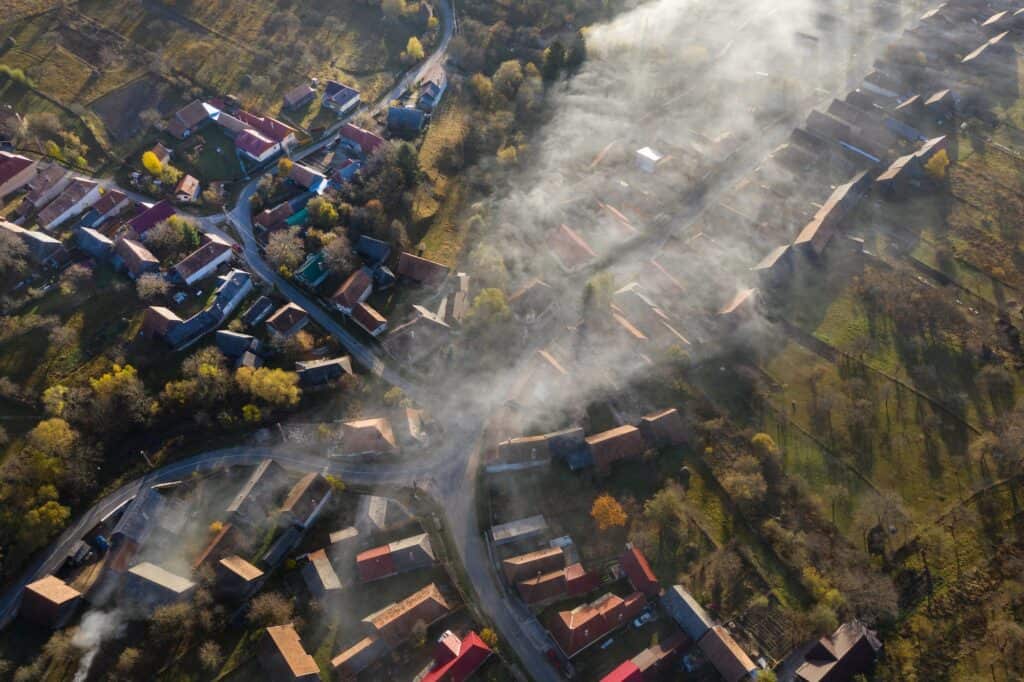Property Intelligence: Q1 2022

Disclaimer
Before you start reading, keep in mind that all information contained on this page is either Mark’s personal opinion or information from third-party sources. None of this information represents the views of ALIC or related entities, nor is it investment or property advice. You should not make any financial or investment decisions based on this information.
If you need property advice, book a meeting with one of our brokers for a referral.
Changes in Australian Markets From July to September
At ALIC, we help our clients create wealth through property – and that means making sure they’re investing in the right places.
To stay on top of the markets, we hold fortnightly meetings with some of Australia’s leading property experts.
Here’s what they told us.

AAA-grade Properties
AAA-grade properties generally have the best infrastructure and location in their respective markets. They’re considered the safest properties to invest in.
B-grade Properties
B-grade properties are generally ‘good’ properties, but may have some problems, like a sub-prime location or awkward layouts.
C-grade Properties
C-grade properties generally have issues like undesirable locations, poor accessibility, or maintenance issues.
The Melbourne Situation
AAA-grade properties in Melbourne are holding relatively firm against rising interest rates, with a 5% dip in market value.
B- and C-grade properties, by comparison, have dropped 15–20% (although that figure varies across different sub-markets).
Looking Interstate
In Perth, our property advisers tell us that the market is still strong, up around 18% since November 2021.
In their opinion, it’s a market that will continue to grow over the next six to 12 months.
In most other markets – a few exceptions aside – property cycles are moving from the ‘boom’ phase to the ‘gloom’ phase.
We’re entering a cooler property climate, and what that means depends on whether you have an investor mindset or a non-investor mindset.


An Investor’s Viewpoint
In property investment, a dip in the market can often represent an opportunity for investors.
And, based on what we’re hearing and seeing, that’s holding true in the first quarter of 2022/23.
Many of our customers have started investing in response to a cooling market – according to our adviser network, the market has dropped as much as 30% for B-grade properties in major cities.
To help our clients respond quickly when markets do hit bottom, we’re encouraging them to think about lending strategies that they can use to action their property advisers’ advice.
Starting those conversations now – versus, for example, in a few months’ time – means we can execute lending scenarios faster, enabling our clients to take advantage of market opportunities.
Opportunity Snapshot
Here are some of the locations we’ve seen property advisers recommend to our clients. As always, this isn’t investment advice, nor should it be used to make investment decisions.
Bendigo
Perth
Adelaide
Select Brisbane suburbs
Has Housing Affordability Started to Increase?
As rent continues to skyrocket, it’s the question every Australian wants answered: has housing affordability increased?
Are the RBA’s efforts to cut the fat out of the market working?
Or does a mortgage remain frustratingly out of reach for the average Aussie?
“Housing prices have gone down, but [interest] rates have gone up,” Mark tells us. “[Affordability] is a combination of the two.”
“If you’re buying AAA-rated properties out of Melbourne [where prices] have only dropped 5% and rates have gone up 2.5%, then it’s not more affordable.
“But, if you’re buying a B- or C-grade property – which is not necessarily a bad property – we’re talking about markets that have dropped 15%, 20%, and rates have gone up 2.5%, then, if we can negotiate a really good rate, then [that property] can look like it’s more affordable than six months ago when rates started to move.”
In other words, property affordability has increased – but only in markets where the housing price drop has exceeded the rise in interest rates.

Investor Mindset
We typically see clients with investor mindsets make good long-term decisions in economic climates like the current one.
- They understand that banks still want to lend.
- They make decisions based on advice from property advisers and mortgage brokers.
- They see ‘the gloom’ of a down market as an opportunity.
- They understand ‘the market’ is a composite of many smaller sub-markets, each with its own unique mechanics.
- They choose investments based on total asset yield and appreciation opportunity.
VS
Non-investor Mindset
Often, buyers with non-investor mindsets struggle to make money in down markets.
- They assume stricter lending requirements mean banks are less willing to lend.
- They make decisions based on cash rate fluctuations, not professional advice.
- They’re afraid to invest in cooling markets.
- They view the property market as a monolith with nationwide troughs and peaks.
- They choose investments based on interest rates and trends.
- Critical Takeaway
Home loan rates aren’t any higher than
they were four years ago.
Don’t get spooked by media headlines about rising interest rates. They aren’t any higher than they were four years ago.
Although the cash rate is slightly higher, the big banks have reduced their margins, keeping home loans at about the same rates.
Viewed in a historical context, a 4% home loan rate isn’t high.
With the right risk profile, right cash flow, and right property advice, the tail end of 2022 can be a good time to buy property.
Property Oracle: The Next Three Months
With the cash rate predicted to rise by 50 to 100 basis points before Christmas, housing affordability will likely decrease – at least a little.
Those same hikes will take home loan rates to 4.7–5.2%, keeping mortgages within reach of savvy investors.
When the RBA returns in February after the Christmas break, we’ll probably see further hikes designed to further decrease national inflation.
The banks, though, will be on the hunt for investors and home buyers to write loans for.
“My opinion is that the banks’ lending requirements won’t tighten a lot,” Mark says.
“The banks are hungry to lend. Volume is down, churn rate is enormous, and banks will be doing everything they can to hold onto their existing client base.”


Enhancing Your Borrowing Power
With the cash rate predicted to rise by 50 to 100 basis points before Christmas, housing affordability will likely decrease – at least a little.
Those same hikes will take home loan rates to 4.7–5.2%, keeping mortgages within reach of savvy investors.
When the RBA returns in February after the Christmas break, we’ll probably see further hikes designed to further decrease national inflation.
The banks, though, will be on the hunt for investors and home buyers to write loans for.
“My opinion is that the banks’ lending requirements won’t tighten a lot,” Mark says.
“The banks are hungry to lend. Volume is down, churn rate is enormous, and banks will be doing everything they can to hold onto their existing client base.”
With the cash rate predicted to rise by 50 to 100 basis points before Christmas, housing affordability will likely decrease – at least a little.
Those same hikes will take home loan rates to 4.7–5.2%, keeping mortgages within reach of savvy investors.
When the RBA returns in February after the Christmas break, we’ll probably see further hikes designed to further decrease national inflation.
The banks, though, will be on the hunt for investors and home buyers to write loans for.
“My opinion is that the banks’ lending requirements won’t tighten a lot,” Mark says.
“The banks are hungry to lend. Volume is down, churn rate is enormous, and banks will be doing everything they can to hold onto their existing client base.”
Got a question for Mark?
Book a consultation with Mark for personalised advice about borrowing – or, for Mark’s general opinion on markets, property, and the economy, submit a question and have it answered in the next Property Intelligence report.

